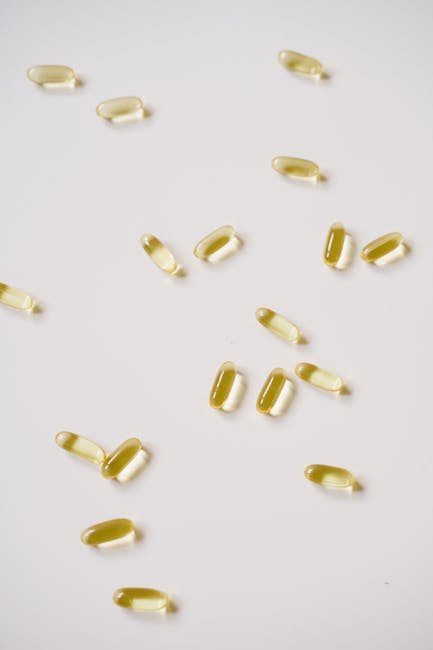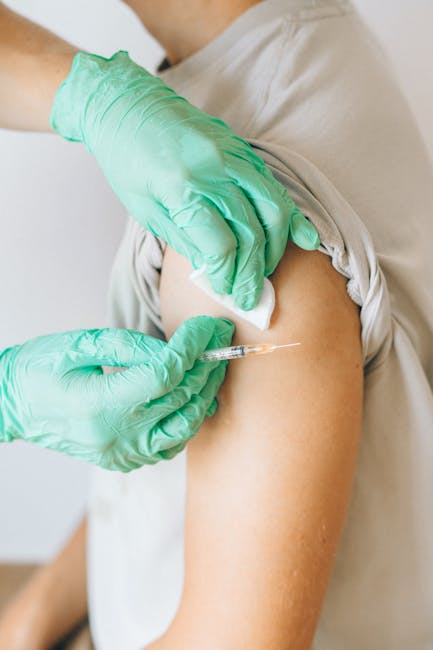Understanding the Impact of Tear Gas and Pepper Spray Exposure During Pregnancy
As a teratogen information specialist, I strive to provide the most up-to-date information about various exposures during pregnancy, breastfeeding, before pregnancy, or in cases of adoption. Over the years, I have encountered a wide range of inquiries, from hair dye to heroin, but I never anticipated questions about tear gas and pepper spray exposure during pregnancy. However, given the current climate, these questions have become increasingly relevant.
Current Context: Protests and Exposure
Numerous protests are occurring across the United States, leading to potential exposure to riot control agents such as tear gas and pepper spray. Even women who are aware of their pregnancy may not participate in protests, but considering that about 50% of pregnancies in the US are unplanned, some women participating may be unaware of their condition at the time of exposure.
The Science Behind Tear Gas and Pepper Spray
Tear gas comprises multiple chemicals that can cause eye tearing, mucous membrane irritation, coughing, difficulty breathing, and skin irritation. A common component of tear gas is 2-chlorobenzalmalononitrile, or CS gas. In every pregnancy, there is an inherent 3-5% chance of birth defects, known as the background risk. Current data suggests that exposure to CS gas does not significantly elevate the risk of birth defects beyond this background level. Research on CS exposure has shown no major rise in miscarriages, stillbirths, or birth defects.
Pepper spray’s active ingredient is capsaicin, derived from chili peppers. It can lead to eye, skin, and mucous membrane irritation, coughing, and difficulty in breathing or speaking. Similar to tear gas, there is limited information on capsaicin exposure during pregnancy, and it is not expected to increase birth defect risks over the background level. For more details, please refer to our fact sheet on capsaicin.
Additional Resources and Considerations
The Centers for Disease Control and Prevention (CDC) provides further information on riot control agents like tear gas and pepper spray, along with guidance on protection and actions to take if exposed. Access their resources here.
Trauma, whether physical or psychological, can also affect pregnancy outcomes. The severity and type of trauma can lead to varying results, with some cases of babies born with and without birth defects. More information is available in our fact sheet on trauma.
Navigating Stress and Health During Uncertain Times
While stress is an aspect of everyday life, the current global situation is anything but normal. Although stress alone is unlikely to increase birth defect risks, prolonged stress can impact health, potentially leading to conditions like high blood pressure or depression. If stress exacerbates existing medical issues, consulting a healthcare provider is advisable. Our fact sheet offers more insights on stress during pregnancy and breastfeeding.
COVID-19 and Safety Precautions
Amid gatherings, it’s vital to practice social distancing and other safety measures to curb the spread of COVID-19. Our MotherToBaby Fact Sheet on COVID-19 in pregnancy provides current information.
Conclusion
While pregnant women are encouraged to minimize exposure to these agents, sometimes it’s unavoidable. Remember, during these challenging times, MotherToBaby is here to answer your questions to the best of our ability. We’re all in this together. Please stay safe out there.




